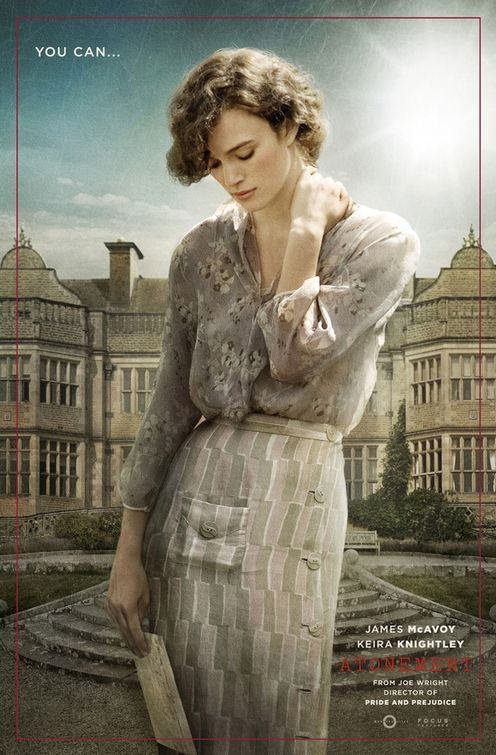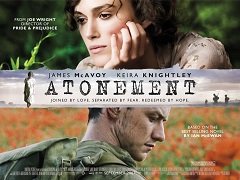Stokesay Court has remained in the same family, through marriage, since it was completed in 1892.
"Described by John Newman, in the Shropshire volume of Pevsner's Buildings of England, as "the most grandiloquent Victorian mansion in the county", Stokesay is a Grade II* listed building"
The House
John Derby-Allcroft: businessman, philanthropist, Christian evangelist, church-builder, and member of parliament.
He was a partner in Dent-Allcroft, glove manufacturers in Worcester, and funded the construction of churches (including St Matthew's, Bayswater; St Jude's Church, Kensington (now St Mellitus College); and St Martin's, Gospel Oak), as well as serving as Treasurer and major benefactor to Christ's Hospital school.
He bought the Stokesay Castle Estate in 1867 but deemed the house there unsuitable for his main residence. Adding to his land holdings over 21 years, he finally purchased the Aldon Estate where he built Stokesay Court, his dream house and home for his growing family.
The architect was Thomas Harris, who was "described by Harry Stuart Goodhart-Rendel as one of a group of "those Gothic-Revival architects … whose works were not marked by scholarship, serenity, or tact" for whose works he coined the term "Rogue Architecture".
Building work began in 1889 and John Derby-Allcroft's family moved in six months before he died in 1893.
The house was one of England's first to have integral electric light, installed by Edmundsons in 1891, and the gardens were laid out by Henry Ernest Milner.
In 1900 the house passed to his eldest son, Herbert, who married Margaret Russell, daughter of Sir William Russell of Charlton Park, Gloucestershire. They had two children, Russell and Jewell. When Herbert died in 1911 Margaret took on the running of the house until her death in 1946.
Stokesay Court was volunteered as a soldiers’ convalescent home on 19th April 1915, with 10 beds, rising to 30. Each man had his own room. Hospital trains from Southampton brought the wounded and sick soldiers to Berrington War Hospital at Atcham for assessment before transferring to a convalescent hospital.
Margaret Allcroft was the Commandant of the hospital.
The average stay was around six weeks. If well enough, soldiers were expected to help with chores. For recreation there were concerts, boating trips, and sports.
Stokesay Court retains a remarkable hospital archive, containing around 300 letters from soldiers and their wives, as well as official hospital documents such as accounts and food returns.

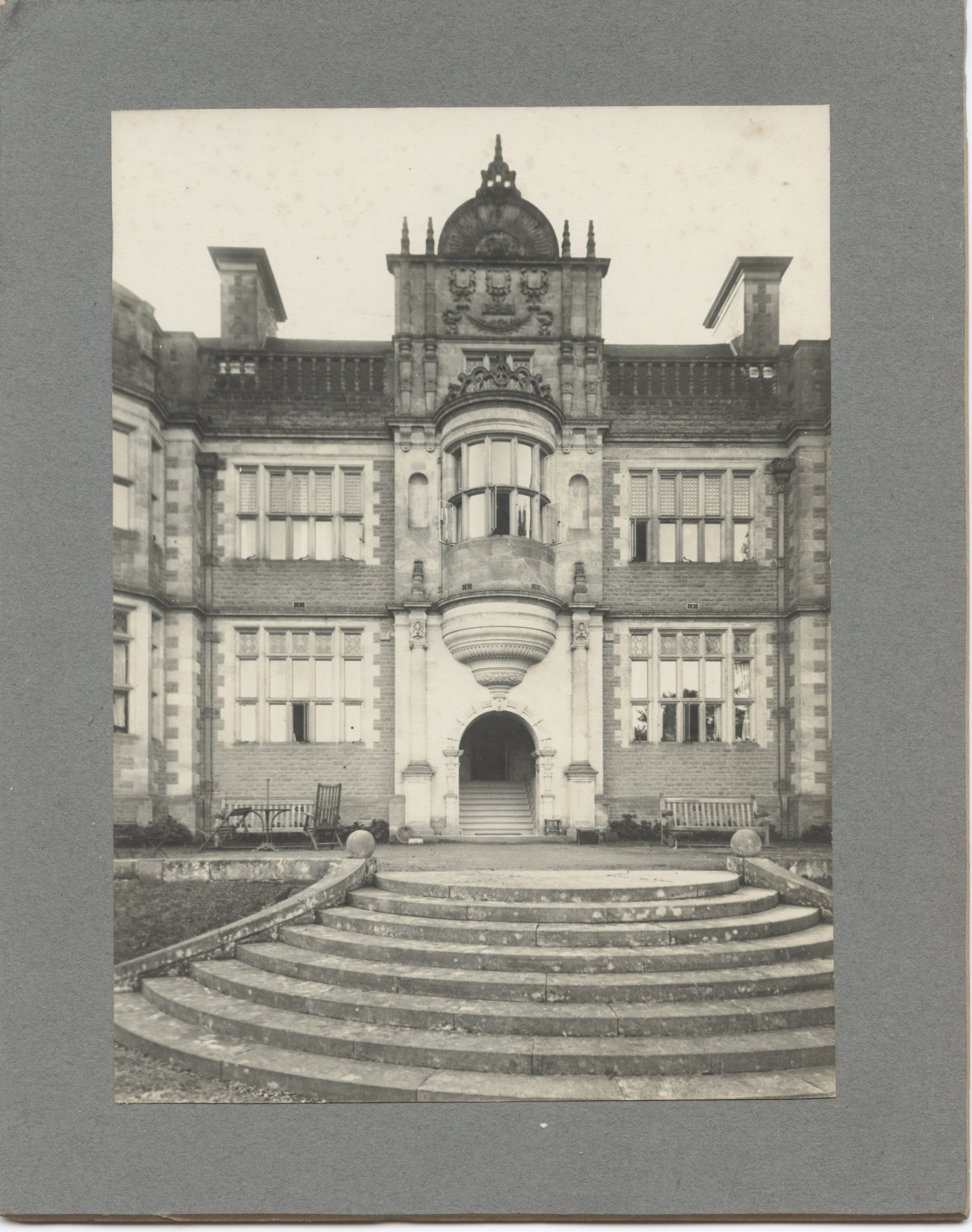
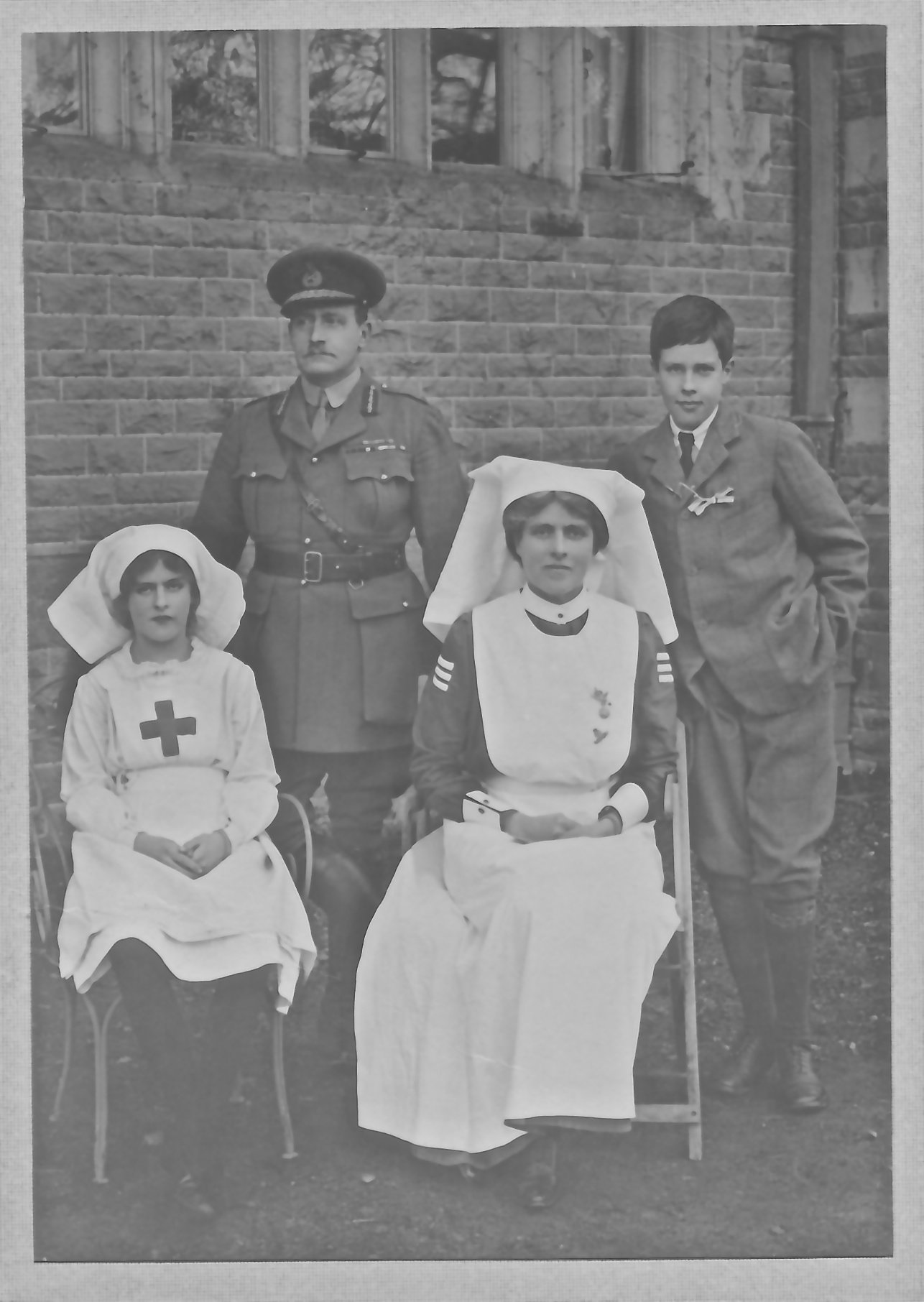
Life returned to normal between the wars.
Russell and Jewell came of age, with Russell’s celebrations attended by all the estate tenants and staff. Jewell had a coming out ball at Stokesay in 1928. There were also many parties and charitable events.
Margaret Allcroft remarried in 1916 to Brigadier General John Guy Rotton. He was a popular figure in the local community and, as a keen horseman, a regular attender at Ludlow Races. Mrs Rotton became Shropshire’s first woman county councillor and was also the longest serving Girl Guide Commissioner for the county.
In World War II the house was requisitioned by the army and used as a Western Command Junior Leaders Training School.
By the end of WW2 the house was falling into decline. Russell was often unwell and died in 1950.
Jewell had married Philip Magnus, biographer of Kitchener, Gladstone and Edward VII, in 1943, but the marriage was childless. They did not reopen the house after the war, but lived in the Ladies Wing to which the family had retreated in 1939.
While Philip wrote, Jewell tended the house and estate, growing prize carnations and opening the gardens for charitable events. They became increasingly reclusive and the house started to crumble around them. The furniture and artifacts, moved for the duration of the war, remained stored in the attics and cellars, gathering dust, worm and moth.
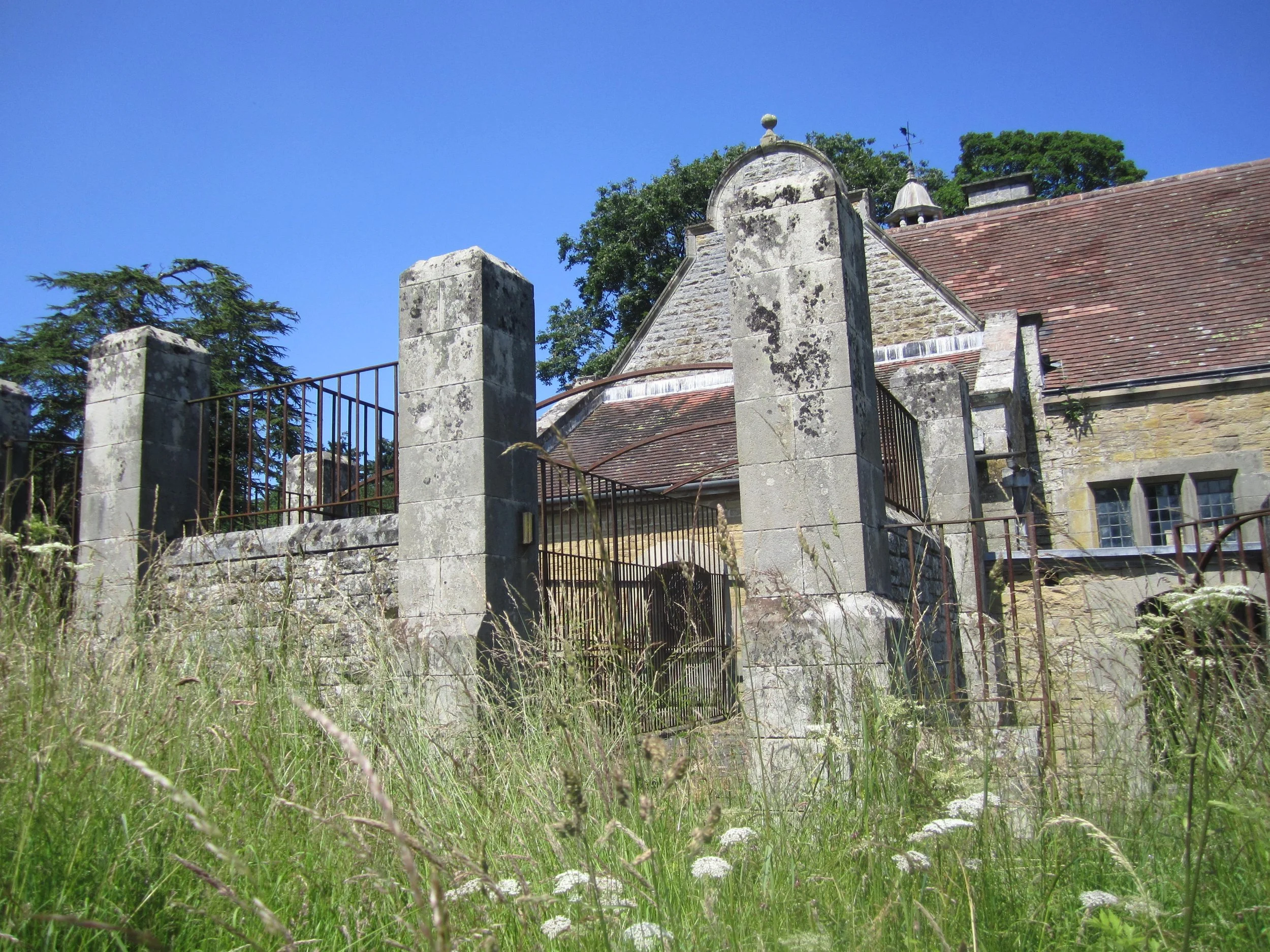
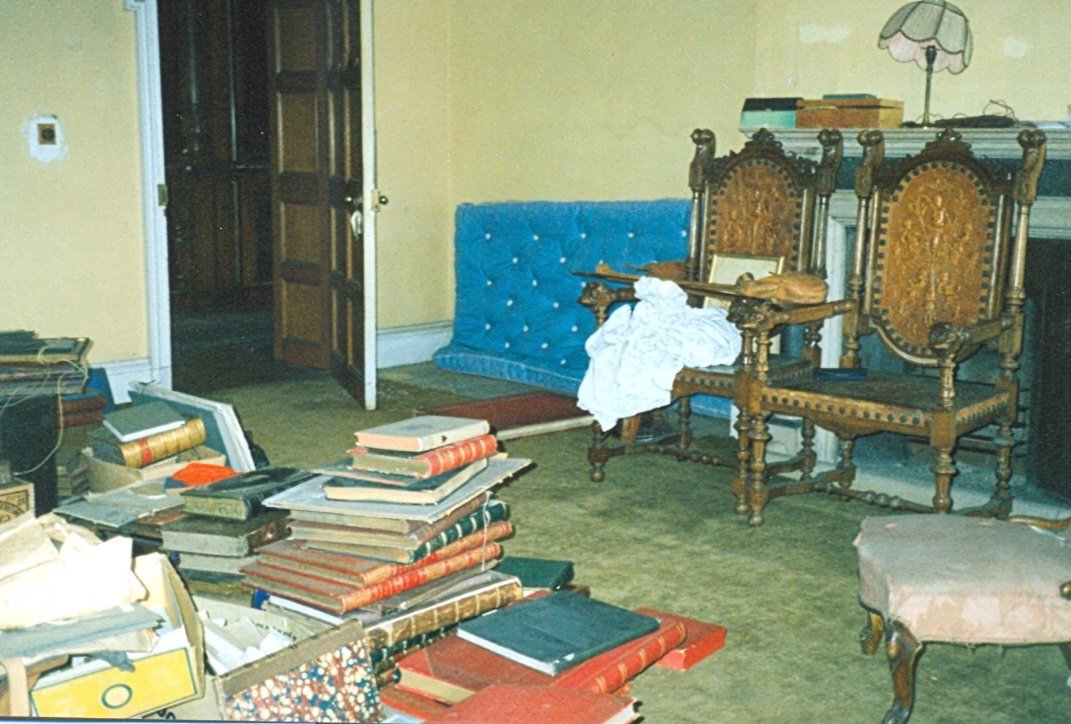
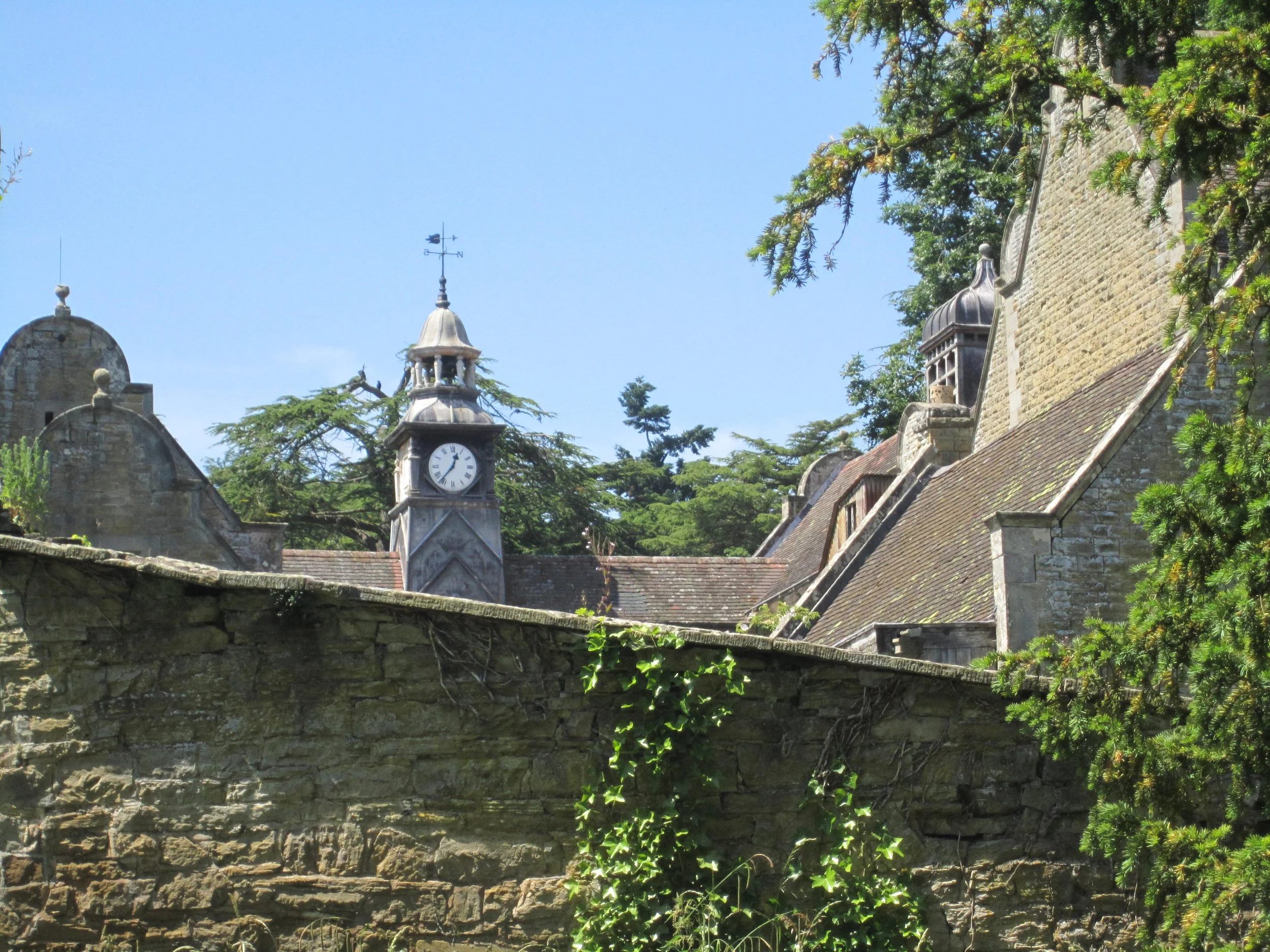
Jewell died in 1992 without telling anyone about her will.
The house was left to a number of beneficiaries including her niece, Caroline Magnus, and a 4 day sale by Sotheby’s in 1994 saw all the contents sold.
Caroline has spent the next 30 years undertaking extensive infrastructure repairs, restoration and refurnishing of the interiors.
She was richly rewarded when Joe Wright and Working Title Films asked to use Stokesay Court as the setting for the Tallis House in “Atonement”.
The film received wide critical acclaim. This encouraged Caroline to open for tours and events. Stokesay Court has been the subject of many articles and documentaries and is now well placed to look towards the future.
